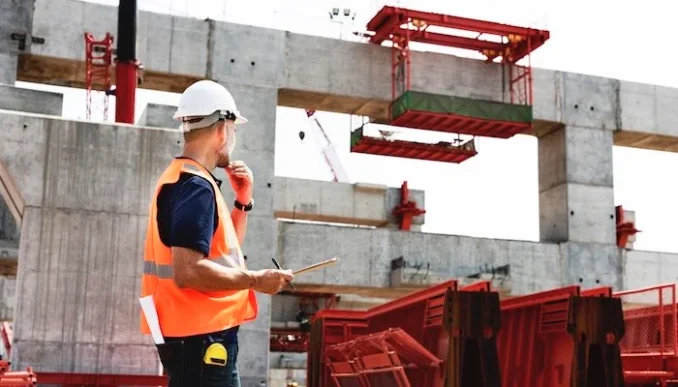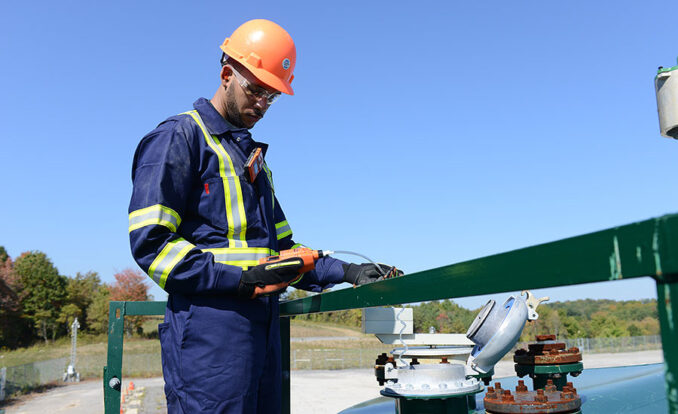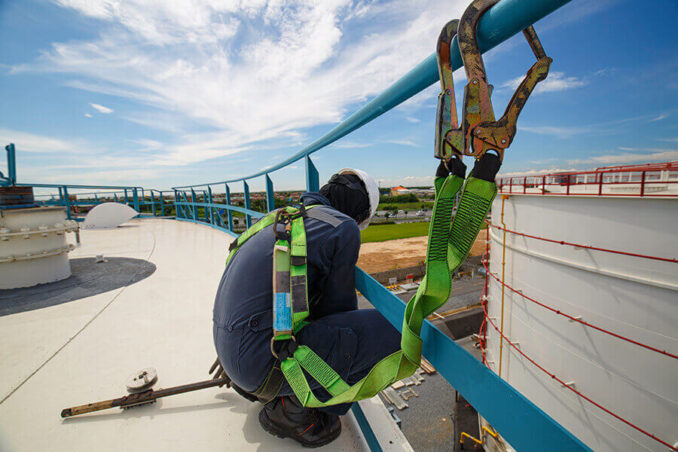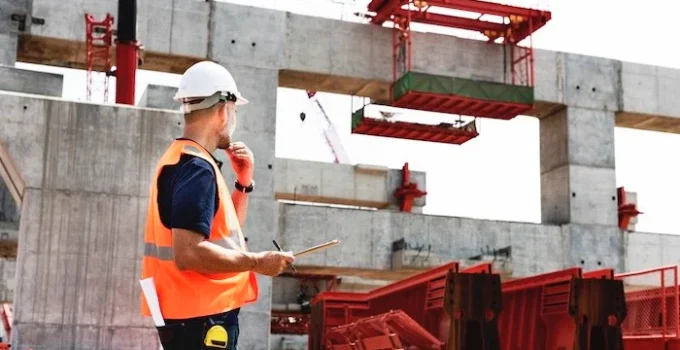With an estimated 8 million lone workers in the UK, it’s essential that employers understand and mitigate the risks of lone working.
What Are The Risks Faced by Lone Workers?

Source: blacklinesafety.com
Lone workers are individuals who work in isolation, without direct supervision or immediate access to assistance. They can be found across various industries, ranging from delivery drivers and real estate agents to healthcare professionals and maintenance workers.
While the nature of their jobs may vary, they all share a common vulnerability: working alone exposes them to specific risks that require diligent attention to ensure their safety and well-being. As an employer, it’s essential that you are aware of the various risks that lone workers may face; with this knowledge, organisations take steps to protect lone workers for a safer, happier, and healthier team.
This article will delve into some of the specific dangers faced by lone workers in different industries to help you assess the risk to your staff.
Accidents and injuries
Working alone can increase the likelihood of accidents and injuries due to the lack of immediate assistance and the potential for delayed response to emergencies. Some situations which carry a higher risk of accident or injury to lone workers include:
- Construction workers: Construction sites often have hazardous environments with heavy machinery, tools, and elevated structures, making these lone workers susceptible to accidents and injuries. A lone construction worker operating heavy equipment without a spotter or support is at risk of accidents such as equipment malfunctions or falling objects.
- Delivery drivers: Delivery drivers frequently work alone, driving for long hours and facing various road and weather conditions, increasing the risk of accidents. A lone delivery driver involved in a car accident in a secluded area may face difficulties in obtaining immediate help and medical assistance.
- Forestry workers: Forestry workers often operate in remote and challenging terrain, where accidents may occur due to falling trees, equipment malfunctions, or animal encounters. A lone forestry worker that is working with chainsaws to fell trees could suffer severe injuries if the chainsaw slips or malfunctions without immediate assistance.
Becoming stranded or trapped

Source: ishn.com
Another risk is of becoming stranded or trapped – a danger that is especially prescient for workers operating in remote areas, such as utility technicians. In the event of a vehicle breakdown or equipment failure, they may find themselves stranded without immediate access to help, potentially exposed to harsh weather conditions and wildlife hazards.
Some workers who are at particular risk of becoming stranded or trapped at work include:
- Taxi drivers: Especially in adverse weather conditions or in areas with poor roads, taxi drivers are at risk of car breakdowns and requiring rescue.
- Oil and gas workers: Employees working in the oil and gas industry, especially those stationed in remote drilling sites or offshore platforms, face the risk of being trapped due to equipment malfunctions or adverse weather conditions. Being stranded in these locations could pose serious safety risks and hinder timely rescue efforts.
- Utility technicians: Utility workers, such as power line repairers or telecom technicians, often operate in remote and isolated areas to maintain and repair essential infrastructure.
Physical assault and violence
Lone workers, especially those dealing with the public, may encounter aggressive or violent individuals without anyone around to intervene. This leaves them vulnerable to assault or harassment in their place of work.
Examples of lone workers at higher risk from violence include:
- Public transportation workers: Bus drivers, train conductors, and taxi drivers often work alone and are exposed to potential confrontations with aggressive or unruly passengers. These lone workers may face the risk of physical assault when dealing with volatile situations on public transport.
- Social workers: Social workers who visit clients’ homes or work in community settings may encounter individuals with behavioural issues or emotional distress, putting them at risk of facing violent outbursts or physical attacks.
- Healthcare professionals: Home healthcare providers and visiting nurses often work alone, attending to patients in their residences. In some cases, they may encounter hostile family members or unstable individuals, leading to potential physical assault or violence during their visits.
Health emergencies
Health emergencies can occur in any environment, but working in isolation makes it less likely that the worker in question will be able to raise the alarm and get the assistance they need. For example, a sudden allergic reaction, heart attack, stroke, or even just fainting on the job can be very dangerous for employees working in isolated conditions.
This doesn’t just apply to workers who are working alone in geographically remote locations – it also includes employees who are on-site alone after normal working hours. Because research has linked working night shifts to a wide range of health issues, it’s especially important that steps are taken to protect nighttime workers from risks. Examples of workers who may be more at risk of health emergencies during night shifts include security guards, late-night retail workers, and cleaners.
It’s important to note that mental health is a significant concern for lone workers, as the isolation and lack of social support can lead to various psychological challenges. Working alone for extended periods can negatively impact a person’s mental well-being, contributing to feelings of loneliness, stress, anxiety, and even depression.
Lone worker protection solutions

Source: f24.com
Lone worker protection solutions such as Crystal Ball’s lone worker app play a crucial role in mitigating the risks faced by individuals working alone. These solutions are designed to enhance the safety and security of lone workers by providing immediate assistance and timely response mechanisms during emergencies. By implementing lone worker protection apps, employers can effectively address the challenges of working alone and instil a sense of confidence and assurance in their lone workforce. From accidents and breakdowns to violence and health emergencies, a lone worker protection app gives workers and employers the tools they need to keep everyone safe on the job.





